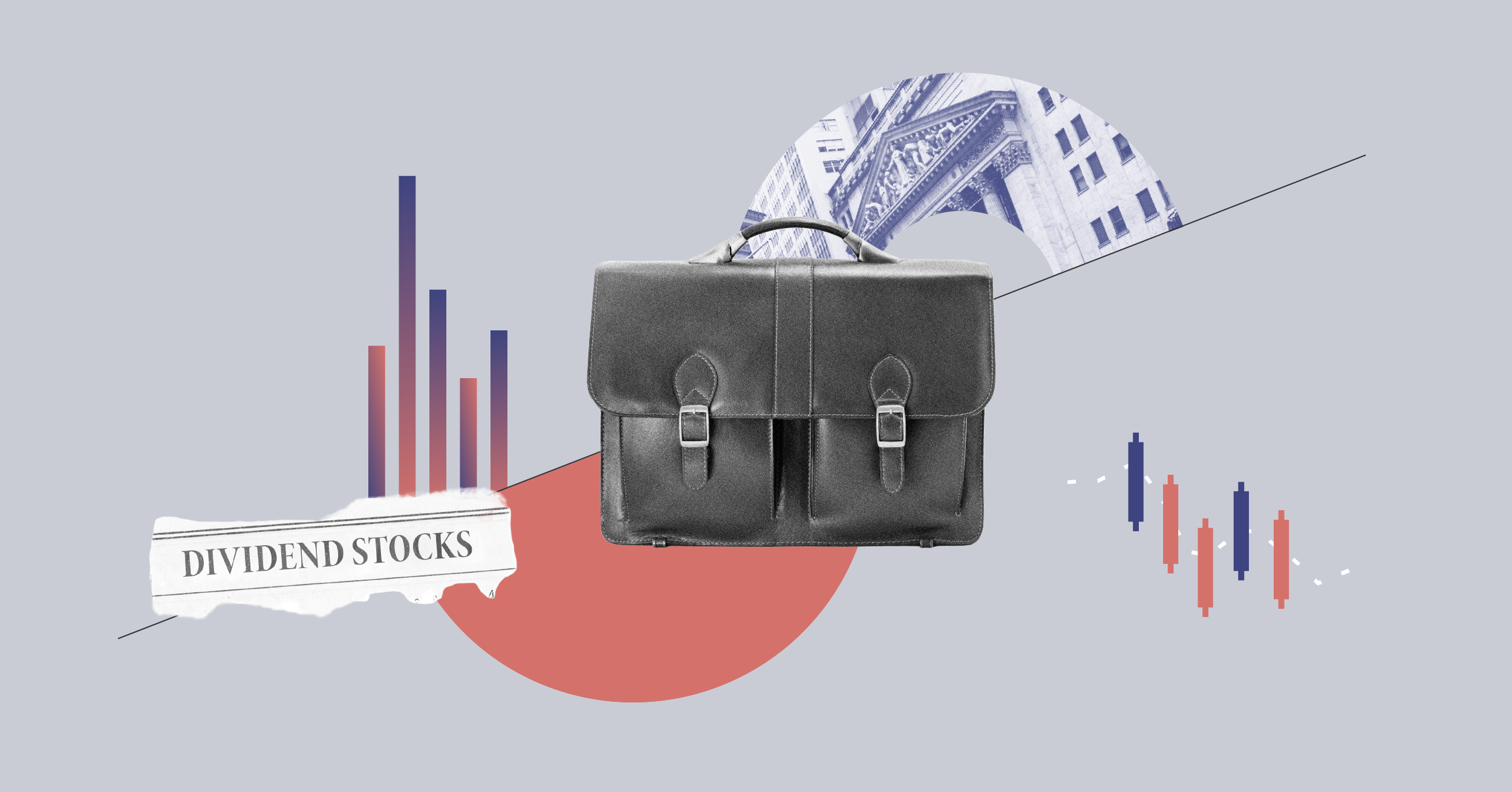
Bonds are back. With inflation falling and interest rates high, strategists are again looking to fixed income for stability, diversification, and income in portfolios. At the same time, stocks are beginning to look expensive.
Against that backdrop, Pimco group chief investment officer Dan Ivascyn argues for rethinking a long-held rule of thumb for portfolio allocation – at least for now. Rather than 60% stocks and 40% bonds, he says, it could make sense for investors to consider reversing that allocation. "A few years ago, bonds were expensive and stocks looked comparatively inexpensive," he explains. But now, "we've had this massive repricing."
What is the 60/40 Portfolio?
The 60/40 rule is one of the investing world's best-known portfolio templates. It's designed to provide exposure to the growth potential of equities while tempering their short-term scope with holdings in more stable bonds. The framework also capitalises on the typical negative correlation between the two assets – meaning stocks and bonds tend to move in opposite directions. When stocks fall, bonds are there to cushion the blow. Strategists say the 60/40 allocation cuts the volatility of stocks in half while producing good returns for those with middle-of-the-road risk tolerance.
Of course, there's no one-size-fits-all strategy. Investors are generally encouraged to adjust allocations based on their goals, age, and risk tolerance. Younger investors focused on growth can swing toward equities, while those closer to retirement who want to preserve capital can opt for more bonds. However, in the current economic environment, Ivascyn suggests that investors broadly can lean more heavily on bonds.
60/40 Makes a Comeback
2022 was one of the worst years for stocks, bonds, and 60/40 investors in recent history. Both equities and fixed income took a nosedive as inflation soared and the Federal Reserve rapidly hiked rates. When the otherwise-reliable correlation between stocks and bonds broke down, investors relying on the 60/40 rule suffered. That year, a Morningstar index designed as a benchmark for 60/40 portfolios lost more than 15%.
But today, with rates set to fall and inflation under control, bonds again offer meaningful yields and potential price appreciation. Yields on the 10-year Treasury note are hovering around 4.20%, while the Morningstar US Core Bond Index has returned nearly 4.68% over the past year, compared with a painful 13% decline in the 2022 calendar year.
So far in 2024, Morningstar's 60/40 benchmark index has returned almost 9.5%. A 27% rise in the stock market over the past 12 months has helped power that return, but valuations are also rising. For instance, the Morningstar US Market Index was trading at a 4.7% premium as of July 10, compared with a 2.0% discount a year ago.
With bonds looking attractive and stocks looking expensive, Ivascyn says, "the old 60/40 rule of thumb […] shifts back to something like 40/60." He thinks a case can even be made for a 35% stocks/65% bonds split.
Equity Risk Premium Hovering Near Historic Lows
One way to quantify the benefits of adding more bonds to a portfolio is through the equity risk premium, which measures the return investors expect to justify the risks of investing in equities over bonds. The figure is calculated by subtracting the real yield on bonds from the real yield on equities. A higher equity risk premium suggests it makes sense for investors to favour stocks.
"At the absolute most expensive point for fixed income, these frameworks could suggest that instead of 60/40, you should have 70%, even 80%, in equities, and the rest in fixed income," Ivascyn says. The equity risk premium climbed to 5% in 2008, and it has historically risen as high as 9% in 1982.
In comparison, a lower risk premium is an argument to own more bonds because it means investors don't expect much additional compensation for the extra risk they’d take in equities markets.
At the end of June, the real yield for equities was around 3.0%, while the real yield on the 30-year Treasury bond was about 2.1%. That put the equity risk premium at less than 1%, according to Pimco's calculations – a rare low number. That's a good argument for a higher allocation to fixed income.
High-Quality Bonds Offer Attractive Yields, Even if They Don't Outperform Equities
Another argument for more bonds in a portfolio is even simpler: Yields are high, meaning investors can expect relatively high returns from their bond holdings over the next few years. "Typically, the starting yield of a high-quality bond portfolio is a pretty good approximation for the floor of what you'll earn over a five-year period," Ivascyn explains.
Right now, he says, investors who move beyond Treasuries and other core bond holdings into high-performing assets (like agency mortgage-backed securities) can construct a high-quality, diversified portfolio of bonds that yields 6% or even 7% before any price appreciation. "That historically has been a pretty good return."
Of course, it's impossible to predict how equity markets will perform over five years, especially given the seemingly unstoppable artificial intelligence boom driving markets higher. "We're not guaranteeing that bonds will outperform equities," Ivascyn says.
"We're saying bonds represent a great absolute and relative value proposition." In other words, investors can now look to fixed-income markets for a "more robust, predictable, less volatile return" compared with equity markets. "You don’t need to out-return equities for this asset class to make a lot of sense."
The Bottom Line for Investors
Of course, it's important to remember that the 60/40 portfolio is just a guideline, and ideal asset allocation will always vary between investors. "What matters is where a client is in their life cycle, their earning cycle," Ivascyn says. Younger investors will want to favour the growth potential of stocks, while older investors will favour income.
But changes in the fixed income landscape mean allocations across the board might look different in the years ahead.
"Whatever your neutral allocation was a few years ago, it should have more bonds, fewer stocks, and probably less cash," Ivascyn says. "That's the punchline."








:quality(80)/cloudfront-us-east-1.images.arcpublishing.com/morningstar/Q7DQFQYMEZD7HIR6KC5R42XEDI.png)




















